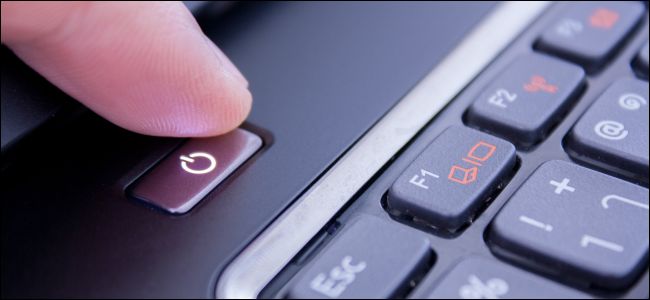
When you power on a computer, it goes through a “boot up” process– a term that comes from the word “bootstrap.” Here’s what’s happening in the background—whether you’re using a Windows PC, Mac, or Linux system.
The Hardware Powers On

When you press the power button, the computer supplies power to its components—the motherboard, CPU, hard disks, solid state drives, graphics processors, and everything else in the computer.
The piece of hardware that supplies power is known as the “power supply.” Inside a typical desktop PC, it looks like a box at the corner of the case (the yellow thing in the picture above), and it’s where you connect the AC power cord.
The CPU Loads the UEFI or BIOS

Now that it has electricity, the CPU initializes itself and looks for a small program that is typically stored in a chip on the motherboard.
In the past, the PC loaded something called a BIOS (Basic Input/Output System.) On modern PCs, the CPU loads UEFI (Unified Extensible Firmware Interface) firmware instead. This is a modern replacement for the old-style BIOS. But, to make it extra confusing, some PC manufacturers still call their UEFI software “BIOS” anyway.
RELATED: What Is UEFI, and How Is It Different from BIOS?
The UEFI or BIOS Tests and Initializes Hardware
Read the remaining 23 paragraphs
from How-To Geek http://bit.ly/2R5T1ZS

No comments:
Post a Comment